Some say the house – originally named Laurel Grove — was built on an Indian burial ground, and several people say they’ve seen the ghost of a Native American girl walking the property. But the hauntings I experienced at The Myrtles involve the family.
When I was doing research for my Bayou Hauntings thriller The Nursery, I spent several days in West Feliciana Parish and stayed at The Myrtles Plantation. It’s one of Louisiana’s oldest antebellum mansions, built in 1796 by General David Bradford, a member of the infamous Whisky Rebellion who fled to Louisiana and was pardoned by President John Adams in 1799.
The guide who took me through the house explained the legend of Chloe, a slave girl in the 1820s who was caught eavesdropping outside the parlor of her master, Judge Woodruff (who was the son-in-law of General Bradford). He ordered her ear cut off and she was banished from the house to work in the fields.
Ostensibly to make amends, she baked a special birthday cake for one of the judge’s daughters. In it she baked oleander leaves, which produce a toxic poison. By morning the judge’s wife and two girls were dead. Horrified at what Chloe had done, the other slaves hung her from a tree on the property and threw her body into the river.
Six rooms in the mansion may be rented for overnight stays, as well as several others on the grounds. If you’re making the trip, I strongly suggest getting the full experience by staying upstairs in the old house. When I was there, only two rooms in the mansion were rented for the night – mine and the one next door, occupied by a couple in their thirties from northern Louisiana.
I stayed in the John Leake Room, also called the “Confederate Soldier’s Room” because a ghostly soldier has been seen there. I saw nothing, but around two a.m. I heard more guests arriving. They tramped up the wooden staircase across the hall from my bedroom door, and I clearly heard children’s voices as they reached the second floor, went into a room and shut the door.
Disappointed that I didn’t encounter the soldier, I went to the cozy breakfast area inside the gift shop the next morning, where I met the other guests and an older female employee, who asked if I had experienced anything. I told about being awakened by children’s voices when the other guests came in, and she laughed.
“You and this couple were the only people in the house last night,” she said. “None of the other rooms was rented. There were no other guests.”
I was so certain that what I heard was real that I hadn’t tied it to the hauntings. I asked who I heard, and she said it was likely Judge Woodruff and his family. They lived upstairs and they likely were taking the children to their nursery, now called the Ruffin Stirling Room. It’s directly across the hall from where I stayed.
The couple in the breakfast room had stayed in the Fannie Williams Room, known as the “Doll Room” because Judge Woodruff’s daughters often played there. They had a much better story than mine, one which gave me chills and made me wish I’d been in their room instead of mine.
There are four porcelain dolls standing on the mantel, one of which has a baby in her arms. With no TV in the rooms, the occupants were looking at their iPads when the husband glanced up and asked his wife if the dolls had moved. He was certain they were facing out into the room, but now two of them – one on each side – were looking at the bed where they sat.
She hadn’t noticed, and they went back to the tablets. A few minutes later he looked at them again. They were back in the original positions, but the baby in the doll’s arms was completely different. The doll had been cradling it, whereas now the baby’s head hung down to the doll’s feet, almost touching the mantel.
The painted smiles and bright eyes on their porcelain faces spooked him, and while he watched, nothing happened. But when he looked away, the baby returned to its original place. The lady running the breakfast room said the children – who died in the 1820s — played with dolls in that room often, and it wasn’t the first time she’d heard a story like theirs.
They didn’t seem the type to fabricate a story for no reason. They were down-to-earth folks who’d experienced something they couldn’t explain. I went to the room after they left and examined the dolls. They aren’t heavy, but they’re solid enough that a breeze won’t move them. The mantel where they sit is a solid piece of wood – there’s nothing that would allow them to swivel back and forth. Theirs was a spooky story with no explanation in a house filled with mystery. Mine was less scary; I didn’t even realize I’d heard ghosts until the next morning. But it all came down to this – three people stayed in the main house overnight, and three people experienced something unexplainable in our modern world.
St. Francisville is a wonderful town with charming mansions and friendly people. The Myrtles is a thriving tourist destination. The American Queen steamship docks nearby and busloads of people visit the famous house all day long. A nice restaurant offers the best cuisine in town, and tour guides in period costumes give you a wealth of information about the captivating mansion while showing you around.
If you plan a trip to this part of Acadiana, book a tour online and visit this fascinating house. Even better, do as I did. Spend the night at The Myrtles. After the tourists leave, everything goes quiet and the house – and all its mystery — become yours to enjoy.
A bit of advice – the house stays busy, so book a room as far in advance as you can, especially if you want a particular one. Are you brave enough to stay in the Doll Room? Wherever you lie your head you won’t regret it, and there’s a chance you’ll see something you didn’t bargain for!

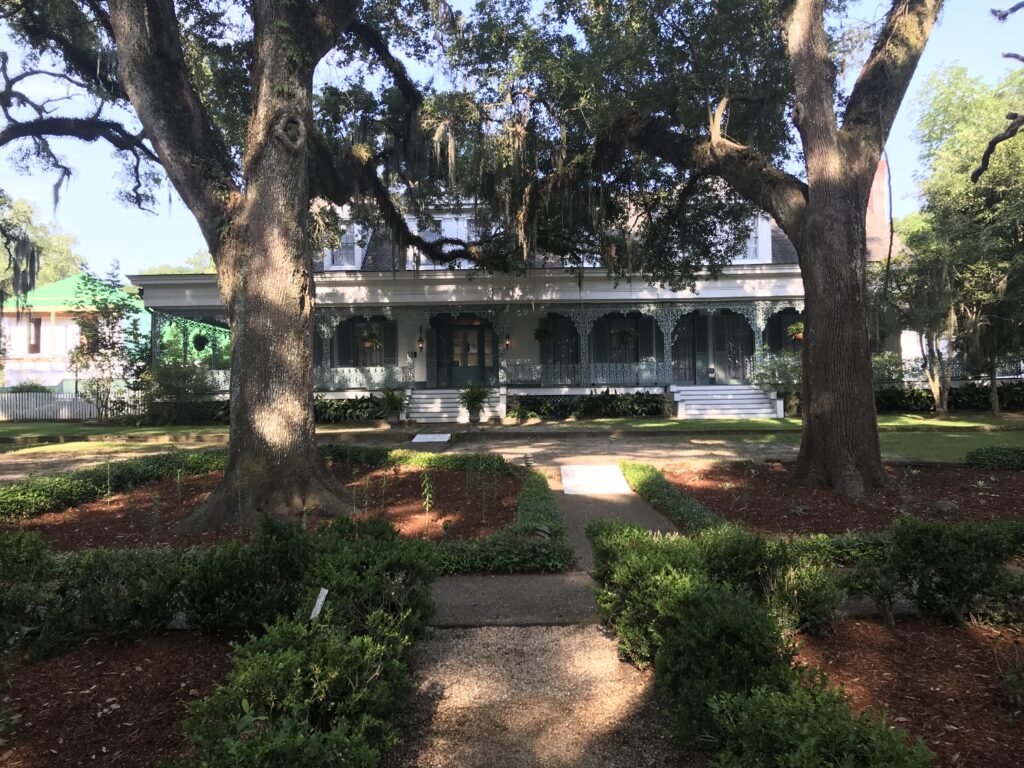
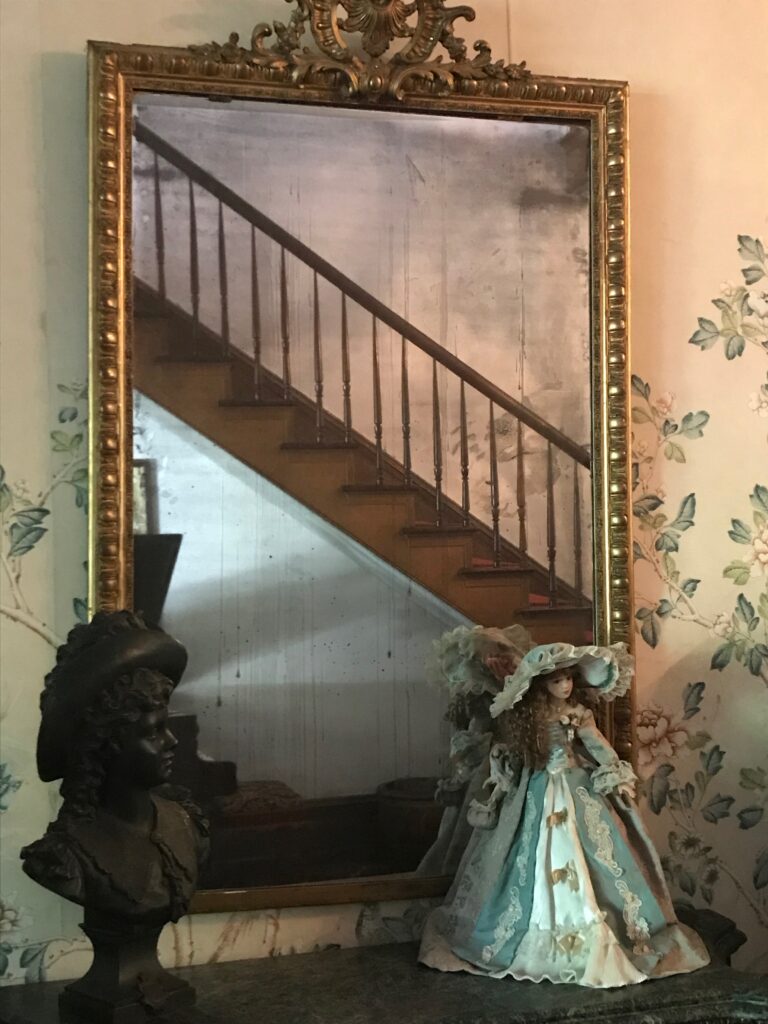
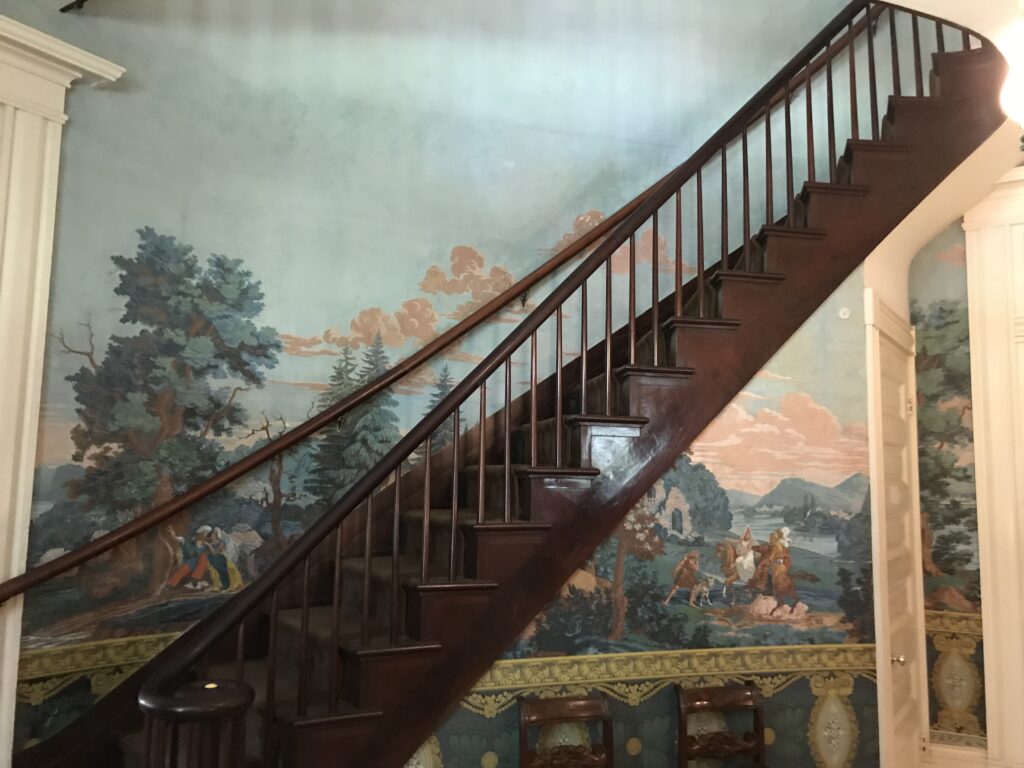
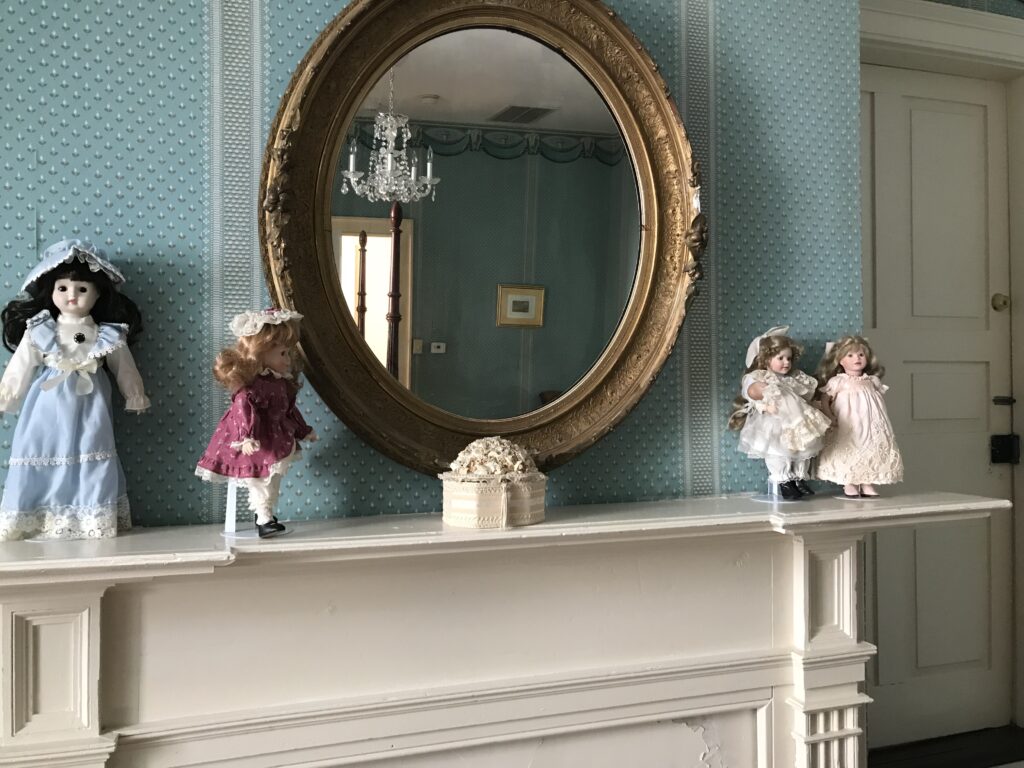
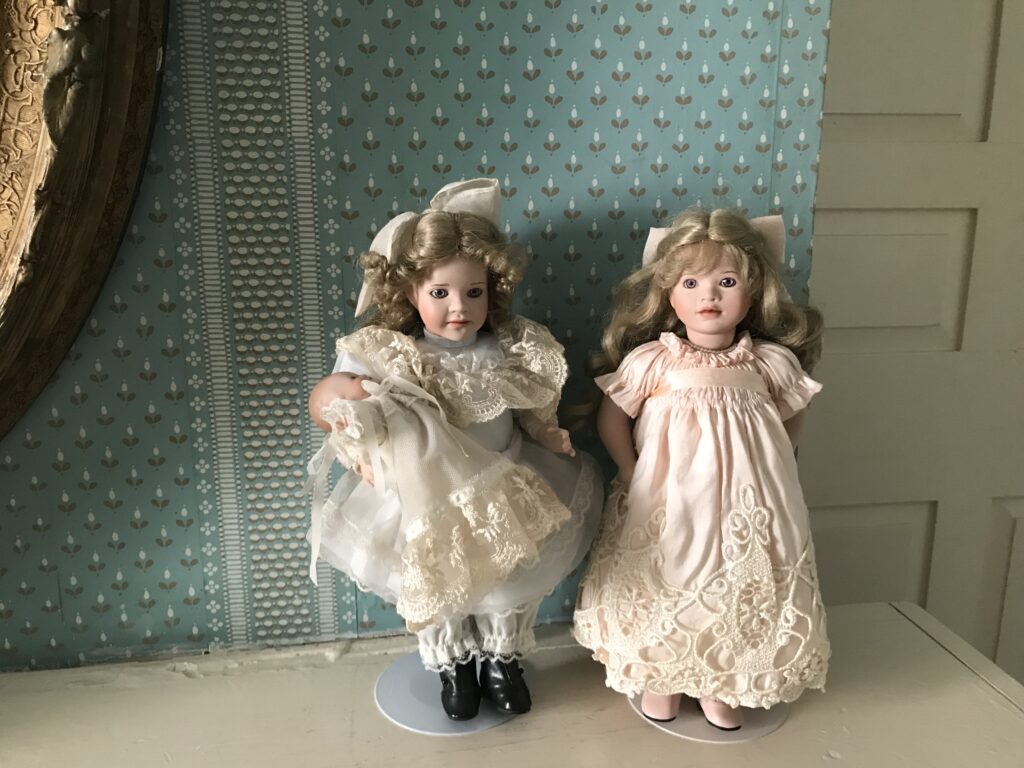
The staircase pictured in this article is from the Rosedown Plantation, not The Myrtles..
You are correct – my apologies for mixing up photos from two very interesting houses very near each other in St. Francisville. Kudos for catching it – you’re the first person in three years to do so!